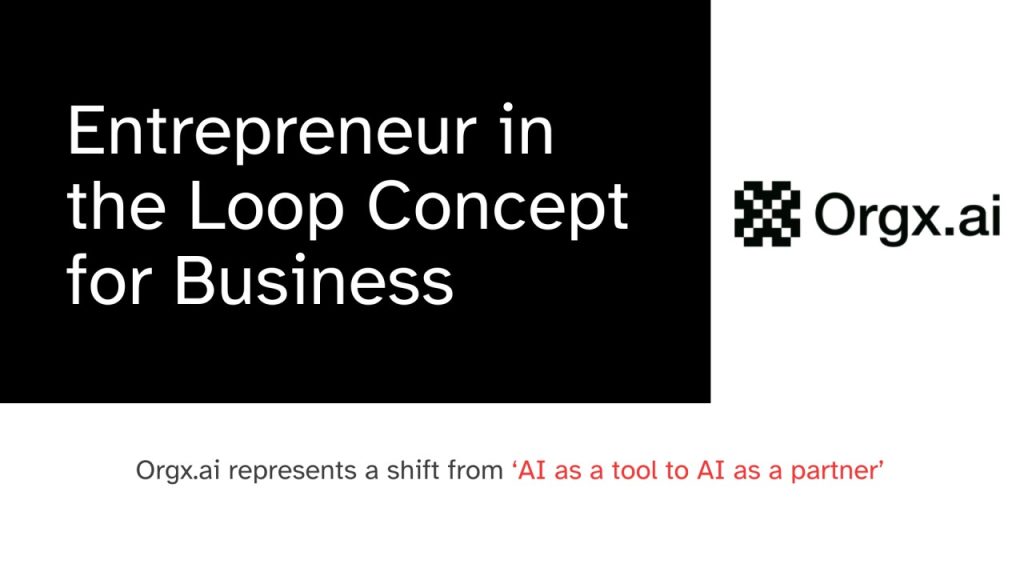ChatGPT has set a remarkable milestone in the world of artificial intelligence by acquiring 100 million monthly active users in just two months since its release on November 30, 2022. This monumental achievement marks ChatGPT as the fastest-growing app in history.
Understanding the Large Language Model (LLM)
At the heart of ChatGPT lies an LLM, or a Large Language Model, which serves as the brain of the operation. The model underpinning ChatGPT’s functions is GPT 3.5, one of the advanced LLMs in the industry. GPT 3.5 is a neural network-based model with a staggering 175 billion parameters spread across 96 layers, making it one of the most complex and sophisticated deep learning models ever created. An LLM functions by learning statistical patterns and relationships between words in a language through exposure to vast amounts of text data. These patterns are then used to predict subsequent words, essentially generating text that closely emulates human language.
Tokenization: The Basic Building Blocks
In the context of an LLM, tokens refer to the numerical representations of words or parts of words. These tokens serve as the basic building blocks for language interpretation and generation. GPT 3.5 was trained on an impressive 500 billion tokens sourced from a large chunk of internet data, providing with a comprehensive understanding of language nuances.
PROMs and PROM Engineering
The process of training an LLM to perform natural language tasks is facilitated through PROMs or carefully engineered text instructions. PROM engineering, a novel field that has sprouted from this process, involves refining the guidance offered to the LLM to enhance its output quality and safety.
Fine-Tuning GPT 3.5 with Reinforcement Learning from Human Feedback (RLHF)
To further optimize ChatGPT’s output, the LLM undergoes fine-tuning via a process known as Reinforcement Learning from Human Feedback (RLHF). In simpler terms, this process can be compared to refining a skilled chef’s culinary abilities. The chef, in this case, GPT 3.5, is guided to understand customer preferences and improve his dishes accordingly, through an iterative process involving feedback, reward modeling, and proximal policy optimization.
Employing ChatGPT: Answering Prompts and Ensuring User Safety
Once trained and fine-tuned, ChatGPT is ready to answer prompts. The model accepts a user’s prompt, analyses the context of the conversation, and generates an appropriate response. ChatGPT utilizes conversational prompt injection and primary prompt engineering to maintain user safety and quality, with an additional moderation API layer to warn or block certain types of unsafe content.
In conclusion, the complex mechanisms underlying ChatGPT and its rapid growth trajectory are a testament to the tremendous potential and transformative power of artificial intelligence. With each iteration, the technology only gets more refined, offering a glimpse into the future of human-computer interaction.

